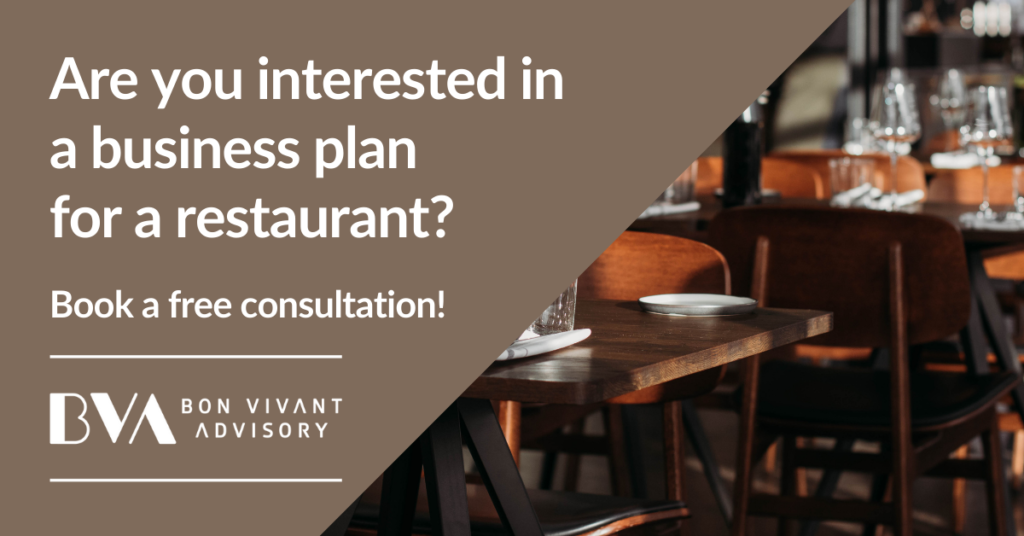Systematically increasing sales and daily revenue is the goal of virtually every restaurateur. However, due to the high competitiveness of the market, its seasonality, and its close ties to the economic climate, this can often be a challenging task.
To help you navigate these obstacles, we've compiled a list of strategies to boost sales in your establishment, regardless of external challenges. Let's dive in!
Daily turnover refers to the total revenue a restaurant earns in a single day. It's calculated by summing up all the income from that specific day. But why is increasing a restaurant's turnover important, even if you are satisfied with your current profits?
First, it serves as a measure of the restaurant's financial liquidity, showing its ability to generate consistent income. A higher daily turnover enhances the restaurant's capacity to maintain operations, cover ongoing expenses, invest in growth, and be prepared for unexpected challenges.

Secondly, increasing turnover isn’t just about attracting new customers. It’s equally important to build relationships with your existing guests and encourage them to return regularly. Loyal customers are the cornerstone of a restaurant’s financial stability, as their repeat visits contribute to consistent revenue. Therefore, strategies to boost daily turnover should focus on both attracting new customers and fostering loyalty among your current clientele.
Before we dive into specific strategies, let's start with the basics: reviewing your operations and results. We've found that sometimes small changes can significantly improve your restaurant's financial situation and increase turnover, as was the case with one of our clients.
Check our case study: How to increase the restaurant's revenue by 200 000?
Let's start with the operational audit.
An audit will not only assess the past performance of the restaurant's operations but also identify areas for improvement.
Another intriguing option for assessing your establishment's situation is to employ the services of a Mystery Shopper. This approach entails evaluating all aspects of the customer journey, from the initial greeting to payment processing or addressing complaints. Importantly, unlike an operational audit, the primary objective of this service isn't to uncover mistakes, but rather to mirror as accurately as possible the guest's experience when they visit your establishment.

To boost your restaurant's revenue, make sure to conduct a thorough analysis of your current menu and food offerings.
Analysis of dishes and drinks' popularity
The initial step you should take is to closely examine the popularity of the different dishes and drinks on the menu. Determine which items are most favored by your guests, as well as which ones are less frequently ordered. This can assist you in pinpointing your patrons' culinary preferences and comprehending which dishes and drinks yield the highest profits, as well as which ones may be less profitable.
Pricing analysis
The next step involves carefully analyzing the pricing of the dishes and drinks on offer. Are your prices competitive with other restaurants in the area? Do you have the flexibility to raise them to boost your margins? Alternatively, is it worthwhile to lower the prices of certain dishes to attract more guests to your business?
Learn more: Managing a Restaurant in Times of Inflation - What to Do?
Adding & deleting positions
Drawing from an analysis of dish popularity and pricing, you can opt to introduce new menu items or remove less popular ones. A recommended approach is to employ the practice of menu engineering.
Creating seasonal offers
Another method to boost turnover at your restaurant is by introducing seasonal offerings. Utilize seasonal produce and culinary creativity to craft special menus available for a limited time. Seasonal promotions can capture customers' interest, enticing them to visit your restaurant to savor new seasonal flavors while creating a sense of urgency—after all, your special menu will only be available for a few weeks, making it a worthwhile experience.
A trending strategy that's gaining traction is to prioritize local operations. Whether you're managing a restaurant in a small town or a bustling city, harnessing the power of your local community can lead to a substantial boost in sales.
For instance, you might opt to collaborate with local food suppliers, incorporate regional ingredients into your menus, and engage in community events. Additionally, if the opportunity arises, consider hosting events to bolster support for the residents of a specific city or neighborhood.
An alternative approach is to introduce a new, more affordable pricing strategy, like offering lunch specials for employees of nearby businesses, and establishing a loyalty program for local patrons.
Whichever local activities you choose, they will undoubtedly aid in boosting your revenue and establishing your presence within the local community.
Without a robust marketing strategy, a restaurant may find it challenging to reach its desired audience of diners. To unlock its full potential, prioritize the following two elements:
Branding and visual identity
Restaurant branding encompasses how a restaurant establishes its identity and communicates with guests, forging a distinctive brand persona. Visual identity, on the other hand, pertains to how the brand is portrayed through logos, colors, fonts, and other graphic elements. Utilizing these elements, the restaurant projects its image externally, across advertising materials, websites, or packaging. By employing branding and visual identity strategies, a restaurant cultivates a uniform image, fostering trust among guests and distinguishing itself amidst competitors.
Promotion plan and pricing strategy
The restaurant's promotional strategy aims to bolster brand recognition and draw in guests. It encompasses a range of initiatives, including social media ads, advertising campaigns, or involvement in local events. Conversely, the pricing strategy dictates the pricing of the restaurant's offerings. When formulating the pricing strategy, factors such as product costs, customer preferences, and competitor prices should be taken into account.
Many budding entrepreneurs, including restaurateurs, have come to believe that the most effective promotion strategy is to slash prices as much as possible. While this approach might offer short-term benefits, it's unlikely to yield sustainable profits or foster a strong reputation over time. Hence, before implementing any strategy, conduct thorough market research to assess how it compares to competitors and whether it truly aligns with your objectives.
One of the primary drivers of success lies in the top-notch quality of the food and beverages provided. However, equally crucial is grasping customer preferences, staying abreast of restaurant trends, and efficiently managing restaurant operations. That's why an increasing number of restaurant owners are opting to enlist gastronomy consultants' services to acquire the requisite expertise and assistance in overseeing their business.
In this article, we've outlined five proven methods to boost sales and daily turnover in a restaurant. Enhancing sales in the food service industry is a multifaceted and thorough endeavor that necessitates a comprehensive approach. Therefore, before diving in, we suggest reaching out to a professional advisor who can assist in pinpointing the issues more effectively and finding the optimal solutions. A free consultation with a BVA specialist could serve as an excellent starting point.
Don't hesitate to reach out!
